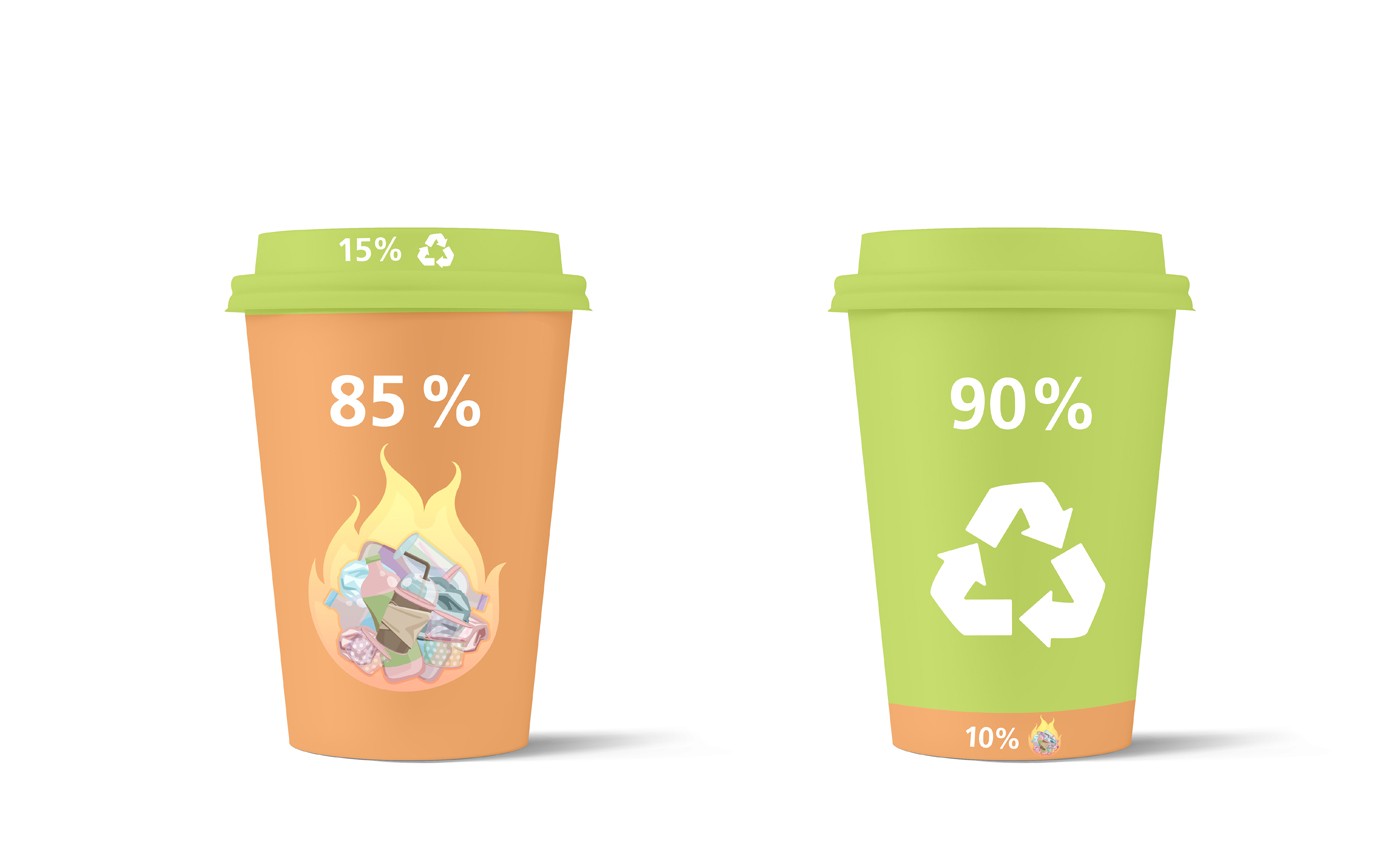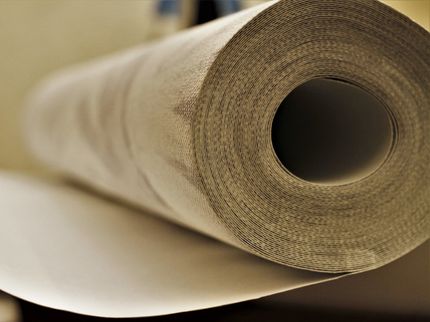Recyclable food packaging: quality control for nanocoatings
Across the EU, more than 300 billion items of packaging are not recycled every year because they consist of a mixture of different materials. Monomaterial packaging on the other hand is easy to recycle. However, it needs to be coated with ultra-thin barrier layers to protect delicate products just as well as compound materials do. Fraunhofer IPM is developing an optical measurement system enabling the inline quality control of these barrier layers.

Fraunhofer IPM
Nowadays, packaging for delicate everyday products generally consists of plastic compounds – a mixture of different polymers. This packaging protects products, such as food or pharmaceuticals, from environmental influences, like oxygen diffusion, all the way from production to consumption. While polymer compound materials perform these functions, they cannot be recycled economically. In light of the enormous amount of packaging, the German government and the EU have recently considerably tightened the rules for the recyclability of packaging. As part of the RE-USE research project, four Fraunhofer institutes are working on novel packaging approaches that do not rely on material compounds and can therefore be recycled to a much larger extent.
Ultra-thin barrier layer on monomaterial packaging
In many cases, ultra-thin coatings, for example consisting of aluminum oxide or silicon dioxide, can also perform the barrier function of polymers. The project partners are developing a process aimed at making it possible to apply coatings as thin as 10 nanometers that reliably act as a barrier. These layers are so thin – and the amount of secondary material applied to the actual packaging therefore so small – that the packaging can be easily recycled as a monomaterial.
Infrared reflectometry provides information on layer thickness and composition
Such “super barriers” can only be produced at scale if reliable quality control mechanisms are in place. This is why one of the aims of the research project, which is scheduled to run for three years, is an inline-capable measurement system which regulates the coating process and thus ensures continuous quality control. Fraunhofer IPM will develop a solution which can thoroughly check (and also regulate) the thickness and composition of the barrier layer during the manufacturing process. This technology relies on the characteristic spectral properties of the different coatings in the infrared region. Infrared radiation from a quantum cascade laser hitting the barrier layer at a grazing angle is able to “see” the layer, i. e. the spectral signatures of both coating and substrate. These spectral characteristics can then be interpreted to give information about the thickness and chemical composition of the layer.
In another project funded by the Land of Baden-Württemberg, the research team is collaborating with PLASMA ELECTRONIC GmbH to apply the infrared-optical process in production using an array of extremely compact individual sensors as part of an industrial plasma coating process for cups. This enables 100 percent quality control.
Further information
The RE-USE project (Recyclable Functional Packaging for the Food and Pharmaceutical Industry Based on Extremely-Thin Barrier Layers) is being funded as part of the Fraunhofer-Gesellschaft’s PREPARE program.
Project partners
Fraunhofer Institute for Process Engineering and Packaging IVV
Fraunhofer Institute for Organic Electronics, Electron Beam and Plasma Technology FEP
Fraunhofer Institute for Physical Measurement Techniques IPM
Fraunhofer Institute for Electronic Nano Systems ENAS
Project term
May 1, 2022 – April 30, 2025
Most read news
Other news from the department science

Get the food & beverage industry in your inbox
By submitting this form you agree that LUMITOS AG will send you the newsletter(s) selected above by email. Your data will not be passed on to third parties. Your data will be stored and processed in accordance with our data protection regulations. LUMITOS may contact you by email for the purpose of advertising or market and opinion surveys. You can revoke your consent at any time without giving reasons to LUMITOS AG, Ernst-Augustin-Str. 2, 12489 Berlin, Germany or by e-mail at revoke@lumitos.com with effect for the future. In addition, each email contains a link to unsubscribe from the corresponding newsletter.




























































